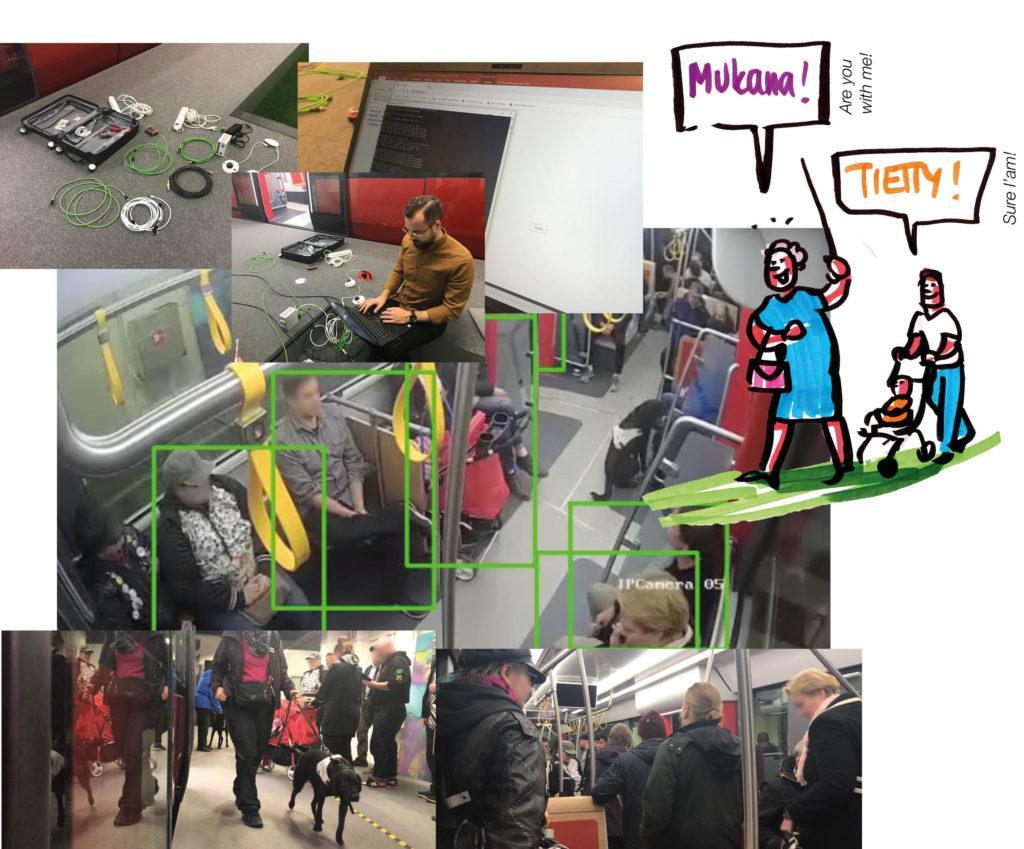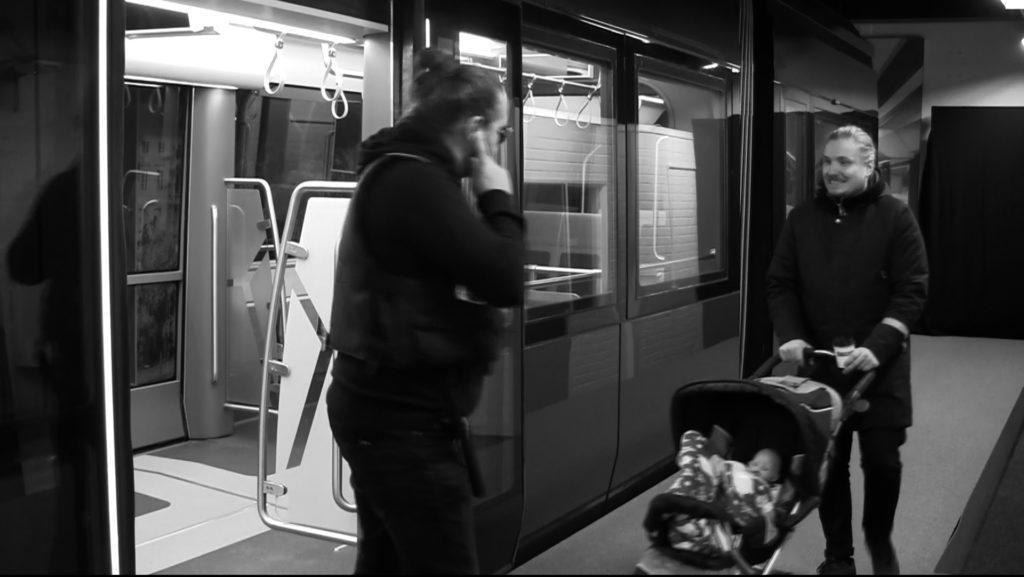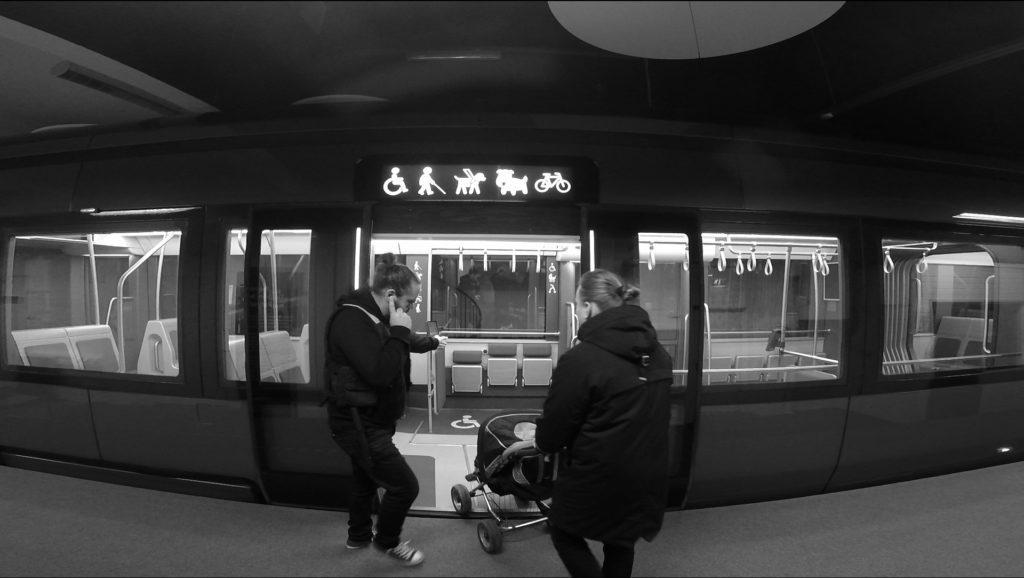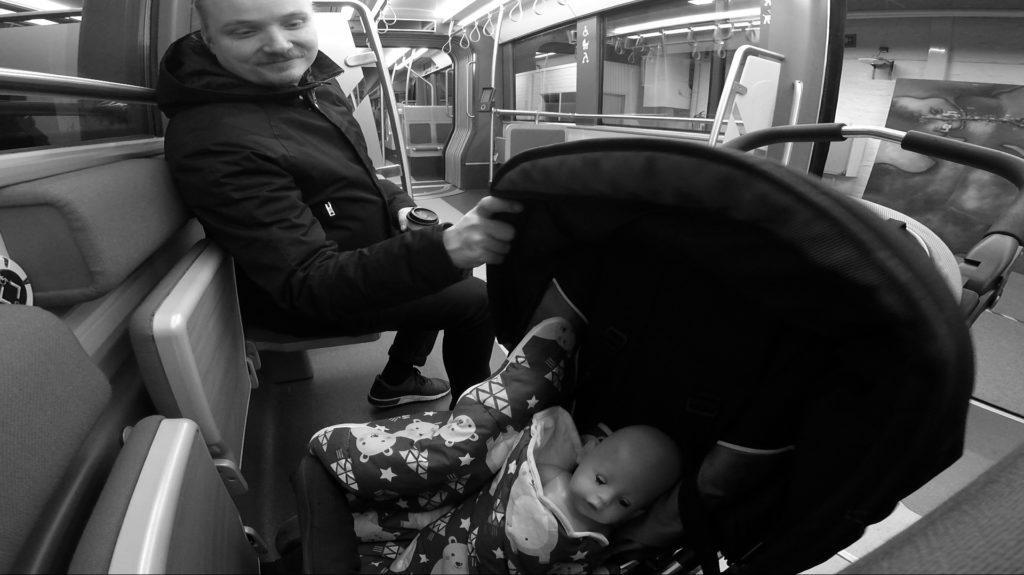

Imaging Rails of the Future
SmartRail ecosystem setting allows founding shared co-creation practices on a network of distributed competence by bringing together citizens, companies, public administrations and researchers to advance the world’s best smart rail solutions. We use this approach as a way of multiplying the potential of design thinking to address future-oriented mobility challenges through themes such as climate change, sustainability, urbanization, cybersecurity environments as well as urban digital identities.
In our view, successful co-creation ecosystem orchestration includes strategical and operational levels to create a firm link and feedback loop between research, business design, service design and technology development partners. Further, involving the citizens in the development process from an early stage is important in order to have a realistic understanding of their needs, desires and expectations how people want to travel about.
Engaging Collaboration
Our ecosystem approach builds on strong co-creation allowing the partners efficiently exploring customer-driven design challenges aligned with their business goals. For example, partners' innovation activities in SmartRail ecosystem are furthered through
- Ecosystem days engaging relevant stakeholders from all levels of the organization
- Innovation projects furthered through iterative design sprints
- Facilitated creative workshops arranged with clients and end-users focusing on opening up new service and business frontiers for collaborative projects
- City as a LivingLab approach enables agile development practices. Aside from the testing platforms also citizens, city employees, as well as decision-makers, can be engaged in the co-creation process in order to have a realistic understanding of shared needs, desires and expectations how people want to move about.
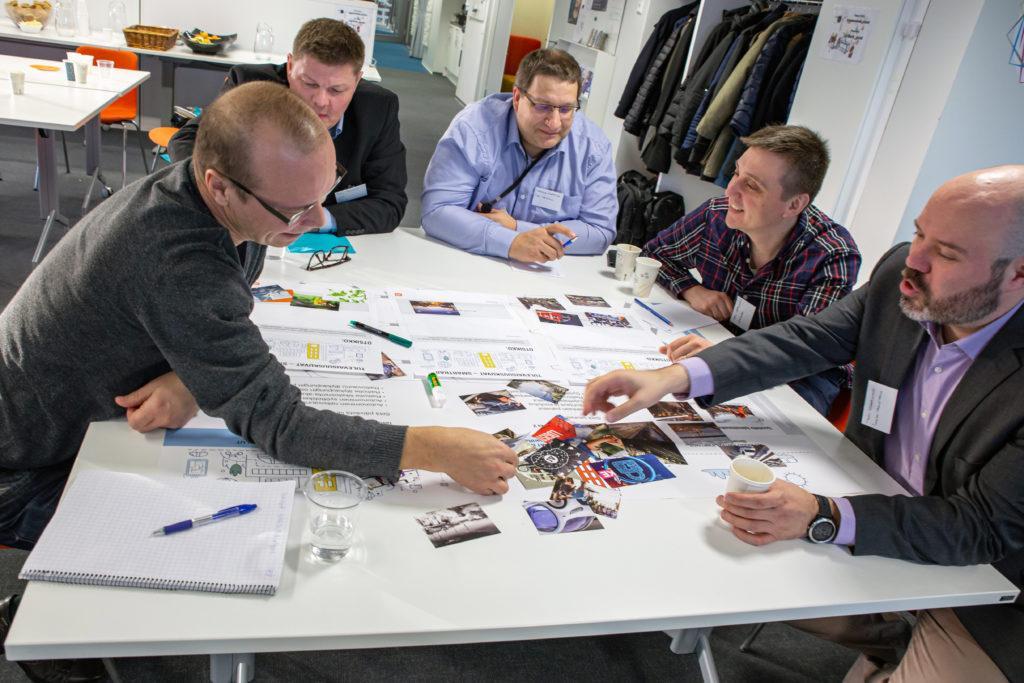
The SmartRail Ecosystem aims at customer-centric mobility services to make everyday life smoother for passengers
In the SmartRail Ecosystem, successful co-creation projects focusing on advancing customer-centric mobility culture should include strategical and operational levels to create a firm link and feedback loop between research, business design, service design and technology development.
